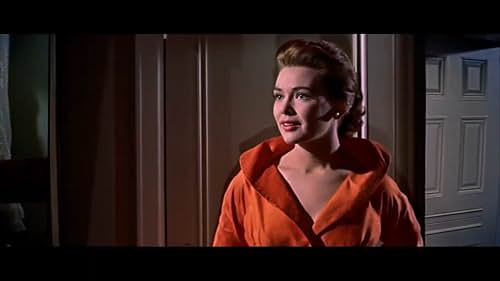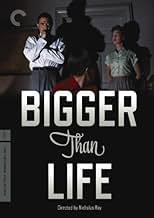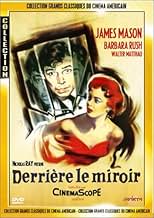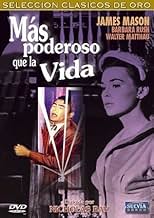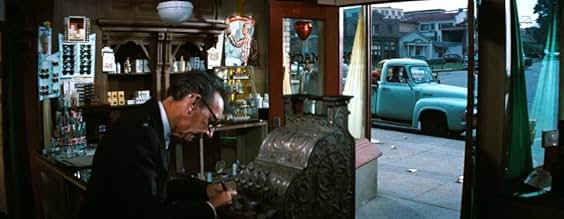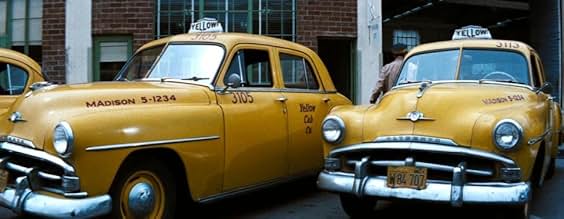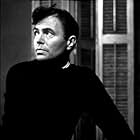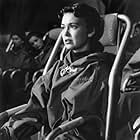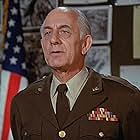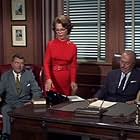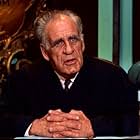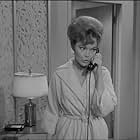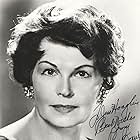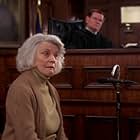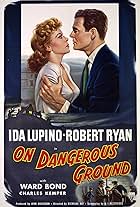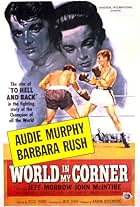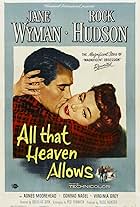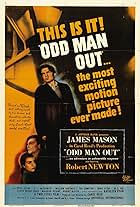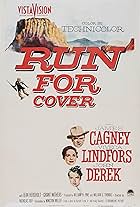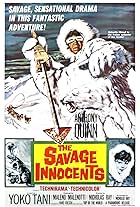IMDb RATING
7.4/10
8.4K
YOUR RATING
A seriously-ill schoolteacher becomes dependent on a "miracle" drug that begins to affect his sanity.A seriously-ill schoolteacher becomes dependent on a "miracle" drug that begins to affect his sanity.A seriously-ill schoolteacher becomes dependent on a "miracle" drug that begins to affect his sanity.
- Awards
- 2 nominations
Robert F. Simon
- Dr. Norton
- (as Robert Simon)
David Bedell
- X-Ray Doctor
- (uncredited)
Gail Bonney
- Mother at PTA Meeting
- (uncredited)
Harold Bostwick
- Gentleman
- (uncredited)
Lovyss Bradley
- Churchgoer
- (uncredited)
Mary Carroll
- Mother at PTA Meeting
- (uncredited)
Virginia Carroll
- Mrs. Jones
- (uncredited)
Mary Carver
- Saleslady
- (uncredited)
Betty Caulfield
- Mrs. LaPorte
- (uncredited)
Storyline
Did you know
- TriviaThe main manufacturers of cortisone at the time, Merck in the US and Glaxo in the UK, were worried about the impact of this film would have on the public and their willingness to take the drug if prescribed by their physician. However, by the time of this film's release, newer and better formulations of the drug, along with greater knowledge of its uses and limitations had reduced (but not eliminated) the side-effects experienced by Ed in this film.
- GoofsWhen Ed has a barium X-ray, the image of the swallowed fluid is anatomically inaccurate. The fluid falls straight down to an extremely large "stomach" in his groin area.
Featured review
How is it that I'd never heard of this movie before?
"Bigger Than Life" is a dream come true for those movie fans (I count myself among them) who love the decade of the 1950s for its total cinematic schizophrenia. I can't think of another decade that created whole omnibuses of films more strongly opposed to one another. It seems that half of the filmmakers of the 50s were churning out earnest Technicolor pap that tried to sell the American public a version of the 50s that simply didn't exist yet which everyone so desperately wanted to believe did, while the other half were making movies about everything that was wrong with the very version of America the other half was clinging to. If you're a fan of subtext in films, and especially interested in seeing how filmmakers could work within the conventions of a genre while turning those conventions against themselves, the 50s are your decade. And for the ultimate master of subtext, look no further than Nicholas Ray.
There isn't a Ray film I've seen that isn't dripping in subtext, socio-political, sexual, gender-based, you name it. "Bigger Than Life" stars a towering James Mason as a family man who's turned into a literal monster when he becomes addicted to a drug that helps keep a life-threatening medical problem at bay. The film goes to some jaw-dropping places, especially toward the end, as Mason's character evolves from protector to worst nightmare and the picture-perfect family life depicted in the earlier parts of the film dissolve before our very eyes. However, Ray's point all along is that that picture-perfect family never really existed in the first place, and the drug on which Mason gets hooked brings out the "id" in him and the family dynamic that's been lurking there all along.
Ray was the rare director who could make the saturated Technicolor and massive Cinemascope aspect ratios of 1950s filmmaking work to his advantage and serve his artistic purposes, rather than simply be used to photograph pretty gowns and landscapes. In fact, despite its Cinemascope grandeur, "Bigger Than Life" is all about cramped interiors -- offices, bedrooms, one's own feverish mind -- and the skeletons in the closets, real and imagined, that are hiding there.
Grade: A
"Bigger Than Life" is a dream come true for those movie fans (I count myself among them) who love the decade of the 1950s for its total cinematic schizophrenia. I can't think of another decade that created whole omnibuses of films more strongly opposed to one another. It seems that half of the filmmakers of the 50s were churning out earnest Technicolor pap that tried to sell the American public a version of the 50s that simply didn't exist yet which everyone so desperately wanted to believe did, while the other half were making movies about everything that was wrong with the very version of America the other half was clinging to. If you're a fan of subtext in films, and especially interested in seeing how filmmakers could work within the conventions of a genre while turning those conventions against themselves, the 50s are your decade. And for the ultimate master of subtext, look no further than Nicholas Ray.
There isn't a Ray film I've seen that isn't dripping in subtext, socio-political, sexual, gender-based, you name it. "Bigger Than Life" stars a towering James Mason as a family man who's turned into a literal monster when he becomes addicted to a drug that helps keep a life-threatening medical problem at bay. The film goes to some jaw-dropping places, especially toward the end, as Mason's character evolves from protector to worst nightmare and the picture-perfect family life depicted in the earlier parts of the film dissolve before our very eyes. However, Ray's point all along is that that picture-perfect family never really existed in the first place, and the drug on which Mason gets hooked brings out the "id" in him and the family dynamic that's been lurking there all along.
Ray was the rare director who could make the saturated Technicolor and massive Cinemascope aspect ratios of 1950s filmmaking work to his advantage and serve his artistic purposes, rather than simply be used to photograph pretty gowns and landscapes. In fact, despite its Cinemascope grandeur, "Bigger Than Life" is all about cramped interiors -- offices, bedrooms, one's own feverish mind -- and the skeletons in the closets, real and imagined, that are hiding there.
Grade: A
- evanston_dad
- May 16, 2013
- Permalink
- How long is Bigger Than Life?Powered by Alexa
Details
- Release date
- Country of origin
- Languages
- Also known as
- One in a Million
- Filming locations
- Production company
- See more company credits at IMDbPro
Box office
- Budget
- $1,000,000 (estimated)
- Runtime1 hour 35 minutes
- Color
- Aspect ratio
- 2.55 : 1
Contribute to this page
Suggest an edit or add missing content


